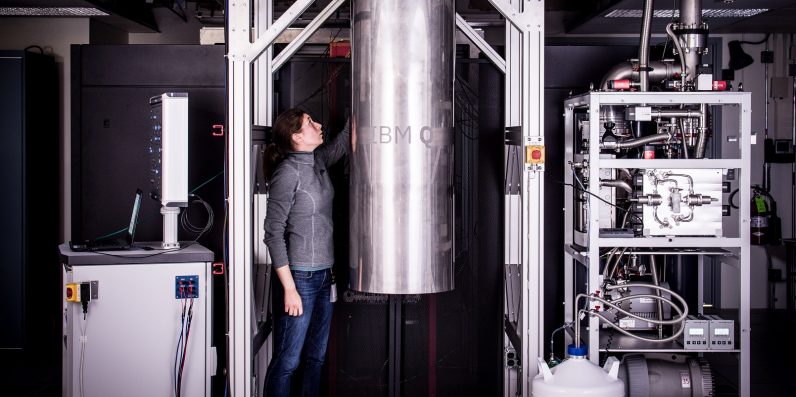When you think about quantum systems, like IBM and Google’s quantum computers, we usually imagine a device that’s designed to work with subatomic particles – qubits – to perform quantum calculations. These computers may one day perform advanced calculations that classical computers today can’t, but for now they’re useful as a way to research the gap between classical and quantum reality. Artyam Yurov and Valerian Yurov, the IKBFU researchers behind the aforementioned study, posit that everything in the universe, including the universe itself, should be viewed as a quantum object. This means, to experience “quantum reality” we don’t need to look at subatomic particles or qubits: we’re already there. Everything is quantum! Yurov and Yurov begin their paper by stating they’ve turned currently popular theoretical physics views on their head: The paper goes on to mathematically describe how our entire universe is, itself, a quantum object. This means, like a tiny subatomic particle, it exhibits quantum properties that should include superposition. Theoretically, our universe should be able to be in more than one place or state at a time, and that means there simply must be something out there for it to interact with — even if that means it uses jaw-droppingly unintuitive quantum mechanics to interact with itself in multiple states simultaneously. The problem with expanding quantum mechanics to large objects – like say, a single cell – is that other theoretical quantum features stop making as much sense. In this case “decoherence,” or how quantum objects “collapse” from multiple states into the physical state we see in our classical observations, doesn’t seem to pass muster at the cosmic scale. Yurov and Yurov have a simple solution for that: They state unequivocally in their work that “There is no such thing as ‘decoherence’.” According to an article from Sci-Tech Daily, lead author on the paper Artyom Yurov said: But, the more Yurov and Yurov explored the “many interacting worlds” (MIW) theory that says all quantum functions manifest physically in alternate realities (the cat is dead on one world, alive on another, and dancing the Cha Cha on another, etc.), the more they realized it not only makes sense, but the math and science seem to work out better if you assume everything, the universe included, has quantum features. Per the study: The researchers then used their assumptions to come up with calculations that expand the “many worlds” theory to encompass multiple universes, or multiverses. The big idea here is that, if the universe is a quantum object it must interact with something and that something is probably other universes. But what the research doesn’t explain, is why our universe and everything in it would exist as something analogous to a single qubit in a gigantic quantum computer spanning multiple universes simultaneously. If humans aren’t the magical observers who cause the quantum universe to “collapse” into classical reality by measuring it, we might instead be cogs in the machine — maybe the universe is a qubit, maybe we’re the qubits. Perhaps we’re just noise that the universes ignore while they go about their calculations. Maybe we do live in a computer simulation after all. But instead of being some advanced creature’s favorite NPCs, we’re just bits of math that help the operating system run. You can read the Yurov duo’s paper “The day the universes interacted: quantum cosmology without a wave function” here on Springer.
